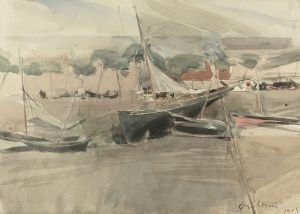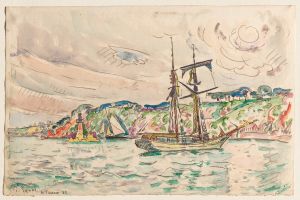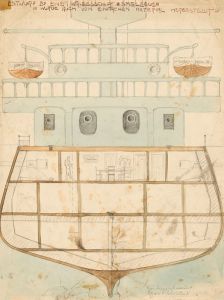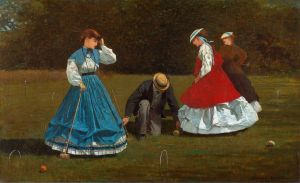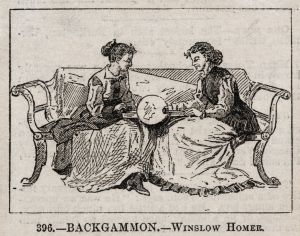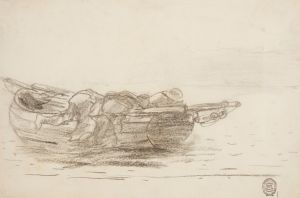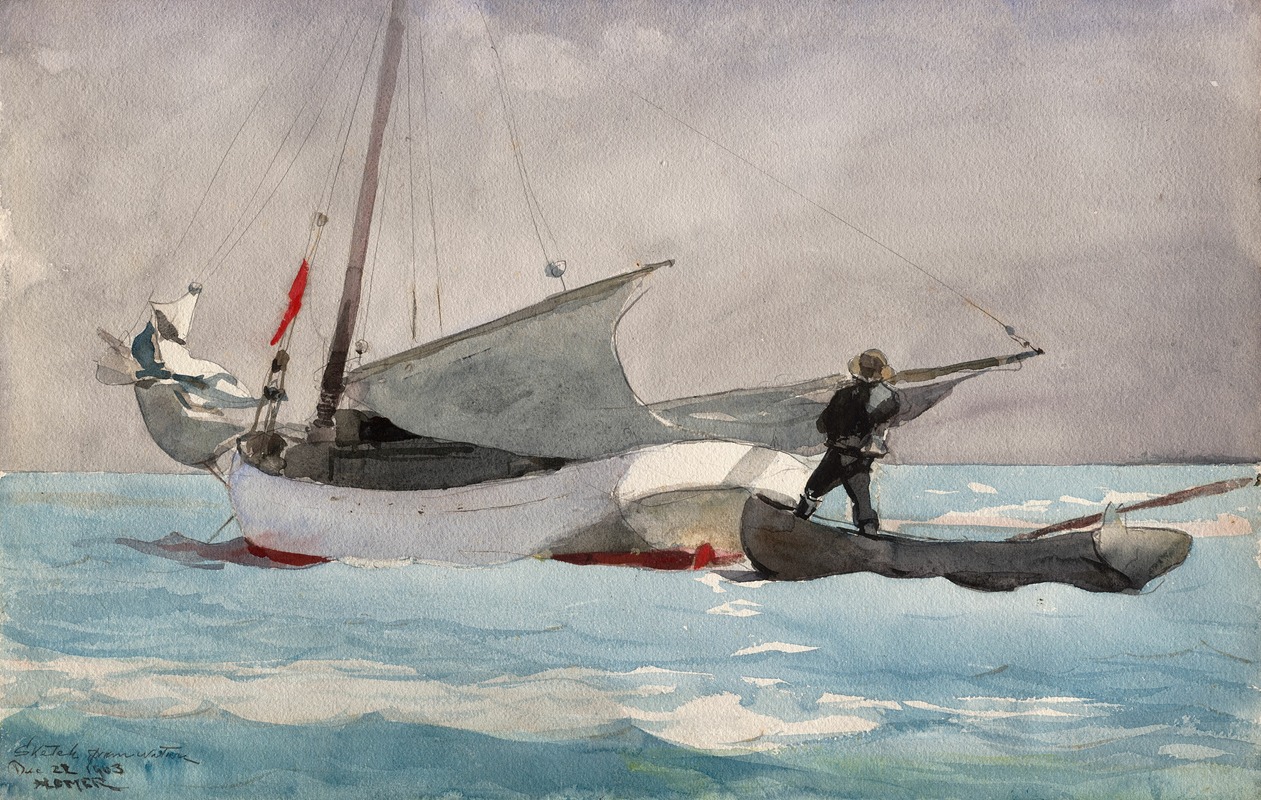
Stowing Sail
A hand-painted replica of Winslow Homer’s masterpiece Stowing Sail, meticulously crafted by professional artists to capture the true essence of the original. Each piece is created with museum-quality canvas and rare mineral pigments, carefully painted by experienced artists with delicate brushstrokes and rich, layered colors to perfectly recreate the texture of the original artwork. Unlike machine-printed reproductions, this hand-painted version brings the painting to life, infused with the artist’s emotions and skill in every stroke. Whether for personal collection or home decoration, it instantly elevates the artistic atmosphere of any space.
"Stowing Sail" is an oil painting created by the renowned American artist Winslow Homer in 1903. Homer, who is celebrated for his marine subjects and depictions of American life, captures a moment of maritime activity with his characteristic attention to detail and atmosphere. This painting is part of Homer's later works, which often focused on the sea and the lives of those who worked on it.
The painting depicts a scene aboard a sailing vessel, where sailors are engaged in the task of stowing the sails. This activity is crucial for sailors, especially when preparing for an approaching storm or upon reaching port. Homer's depiction is both realistic and evocative, showcasing his deep understanding of nautical life and his ability to convey the physicality and rhythm of the sailors' work.
Homer's use of color and light in "Stowing Sail" is particularly noteworthy. The palette is dominated by muted tones, reflecting the overcast sky and the subdued light of the scene. This choice of color enhances the mood of the painting, suggesting an impending change in weather or the end of a long day at sea. The composition is carefully balanced, with the figures of the sailors positioned to lead the viewer's eye across the canvas, emphasizing the teamwork and coordination required in their task.
Winslow Homer was born in 1836 in Boston, Massachusetts, and began his career as a commercial illustrator before turning to painting. He gained recognition for his Civil War illustrations and later for his genre paintings of American life. In the 1880s, Homer moved to Prouts Neck, Maine, where he developed a profound connection with the sea, which became a central theme in his work. His paintings from this period, including "Stowing Sail," reflect his fascination with the power and beauty of the ocean and the resilience of those who make their living from it.
"Stowing Sail" is housed in the collection of the Art Institute of Chicago, where it continues to be appreciated by visitors for its technical mastery and evocative portrayal of maritime life. The painting is a testament to Homer's skill in capturing the essence of his subjects and his ability to convey complex emotions through his art.
Homer's influence on American art is significant, and his works remain a vital part of the country's cultural heritage. "Stowing Sail" exemplifies his mature style, characterized by a focus on naturalism, a keen observation of human activity, and a deep appreciation for the natural world. Through this painting, Homer offers a glimpse into the lives of sailors and the enduring relationship between humans and the sea.





